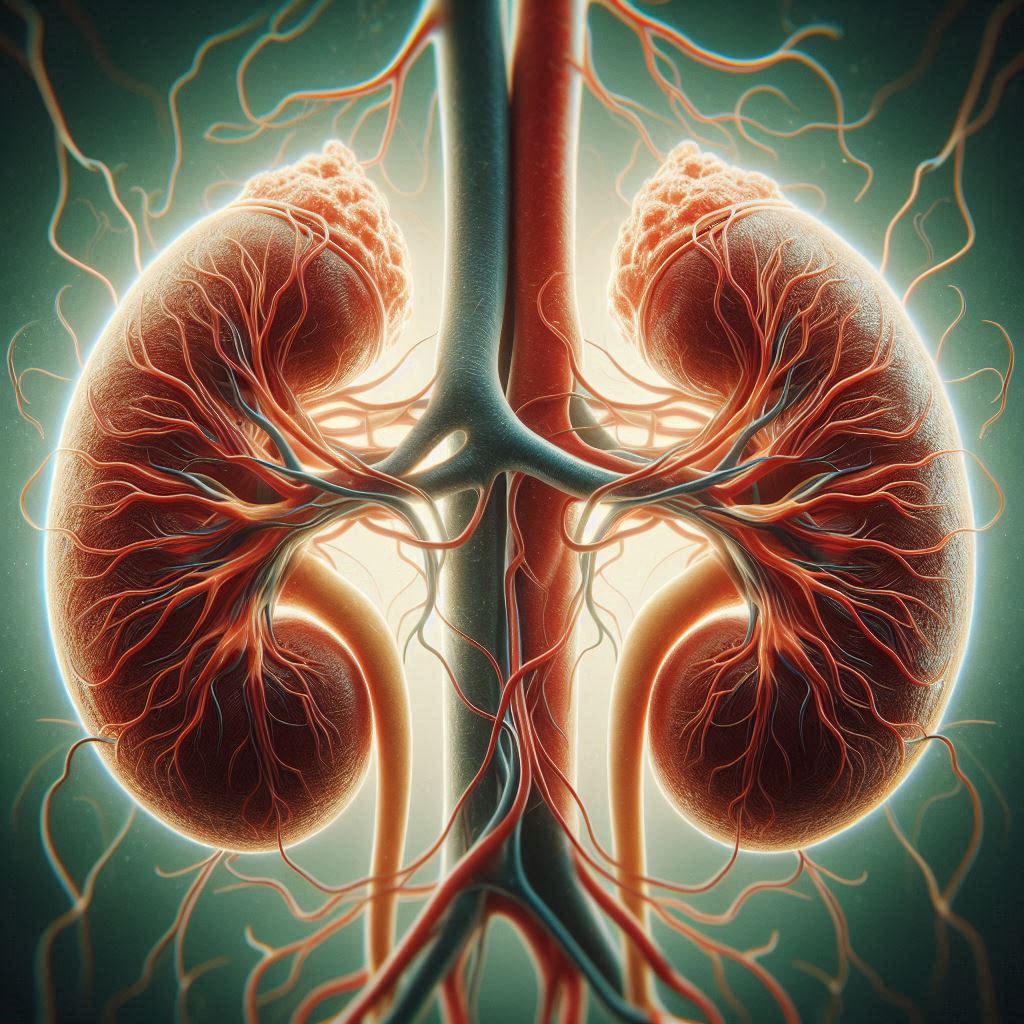Polyarteritis nodosa (PAN) is a systemic vasculitis that affects medium-sized arteries. Historically, there has been some confusion and overlap regarding its association with antineutrophil cytoplasmic antibodies (ANCA), particularly perinuclear ANCA (p-ANCA), which is typically directed against myeloperoxidase (MPO). Let’s break this down:
In the past, some cases of vasculitis that were p-ANCA positive were labeled as PAN, especially when patients presented with systemic symptoms like fever, weight loss, or organ involvement that resembled PAN. This was partly due to less precise classification systems and a broader understanding of vasculitides at the time. Early studies and clinical reports occasionally linked PAN with ANCA positivity, including p-ANCA, because of overlapping features with other vasculitides, such as microscopic polyangiitis (MPA), which is strongly associated with ANCA (both p-ANCA/MPO and c-ANCA/PR3).
However, as research progressed and diagnostic criteria became more refined—particularly with the Chapel Hill Consensus Conference definitions (first in 1994 and revised in 2012)—it became clear that classic PAN is not an ANCA-associated vasculitis. Here’s why this shift occurred:
- Distinct Pathophysiology: Classic PAN is characterized by necrotizing inflammation of medium-sized arteries without glomerulonephritis or small-vessel involvement. ANCA-associated vasculitides (AAVs) like MPA, granulomatosis with polyangiitis (GPA), and eosinophilic granulomatosis with polyangiitis (EGPA) typically involve small vessels (capillaries, venules, arterioles) and are driven by an autoimmune process involving ANCA. PAN, in contrast, is not consistently linked to this autoimmune mechanism and is often associated with other triggers, such as hepatitis B virus (HBV) in some cases.
- Clinical and Histological Differences: PAN spares the smallest vessels and does not typically cause glomerulonephritis or pulmonary capillaritis, which are hallmarks of AAVs. When p-ANCA was detected in patients initially diagnosed with PAN, it often turned out that these cases were misclassified and were actually MPA or another small-vessel vasculitis, which do feature ANCA positivity.
- Evolving Classification: The modern consensus is that true PAN is ANCA-negative. If a patient with suspected PAN tests positive for p-ANCA (or c-ANCA), clinicians are now more likely to reconsider the diagnosis and investigate for an AAV, such as MPA, which frequently tests positive for p-ANCA/MPO and affects smaller vessels.
- Historical Misclassification: Before these distinctions were clarified, some patients with p-ANCA positivity were grouped under the PAN umbrella due to limited understanding of vasculitis subtypes. Improved diagnostic tools (e.g., better antibody testing, imaging, and biopsy interpretation) and stricter criteria have since separated these entities.
Today, PAN is considered distinct from ANCA-associated vasculitides. Studies and clinical guidelines, such as those from the American College of Rheumatology and the European League Against Rheumatism, reinforce that ANCA positivity is not a feature of classic PAN. If ANCA (including p-ANCA) is present, it suggests an alternative diagnosis like MPA, which can mimic PAN in its systemic effects but differs in vessel size and pathology.
In summary, PAN was once thought to be p-ANCA positive in some instances due to diagnostic overlap and evolving knowledge, but it is now recognized as a separate entity that is not typically associated with ANCA. This reflects advancements in vasculitis classification and a clearer understanding of disease mechanisms.



Leave a Reply